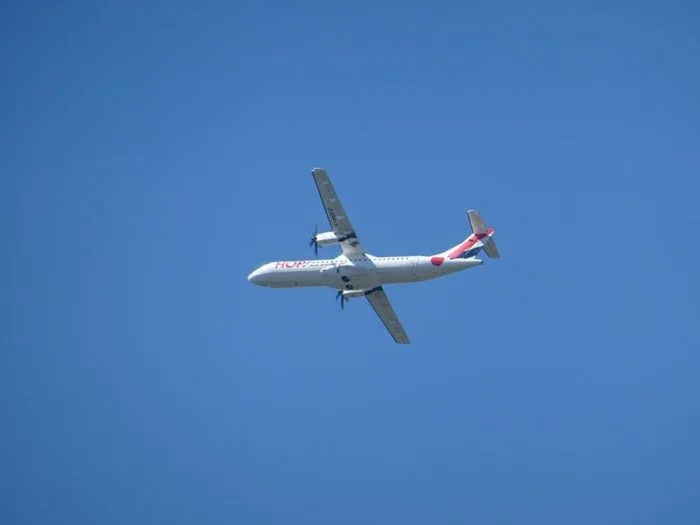Aeronautical engineer: everything about the training to follow and the career opportunities

With a turnover of more than 60 billion euros per year, the aeronautics sector is one of the most important branches of the economy. This is one of the fields with the highest paid positions. It is no coincidence that a multitude of young people and adolescents dream of making a career there. Each year, companies specializing in this vast industry recruit more than 12,000 professionals, including engineers involved in research and design. The competition is quite tough. But the best will soon savor their victory after a busy course. And to give middle school, high school and university students a quick overview of the road ahead and the activities that await them on the other side, here is a short summary.
Article summary
What does the work of an aeronautical engineer consist of?
How to access this profession?
What about outlets?
What does the work of an aeronautical engineer consist of?
The role of aeronautical engineer is often reduced to a single profession: that of pilot. But if the art of operating flying machines is acquired after training in the field, it is the same for the design of the devices as well as the research aimed at innovating them. In the sectors of civil aviation, military aviation or even commercial aviation, professionals benefiting from engineer status can intervene in various activities. Some are there to make the parts that will later be assembled to form a plane, a rocket or a satellite. Others are rather electronics whiz who have been entrusted with the development of software for the systems on board the vehicles.
Concretely, everything will depend on the specialty of the expert. After a general course, future engineers can continue their studies in specific disciplines such as mechanical engineering, energy, electronics or even aeronautical maintenance. Nowadays, it is even possible to have hybrid profiles such as sales engineer or supervisory engineer. Either way, the specialists’ works will ultimately end up in the clouds or perhaps even in space.
How to access this profession?
Training in aeronautics is essential to become an engineer in this field where science and cutting-edge technologies are realities and not derivatives of science fiction. Young people can access this course from the end of secondary school by continuing their courses aimed at obtaining an aeronautical CAP or a professional baccalaureate specialized in aeronautics. The most classic route will remain post-baccalaureate training. Young baccalaureate graduates from the scientific series are strongly encouraged to participate in the admission competitions
.
Also read: Maximize Your Earning Potential with High-Paying College Degrees
The training is offered by various specialized schools and universities. The status of engineer is obviously awarded to those who have been able to obtain their aeronautical master’s degree (Bac+5) or their engineering diploma. However, the course can also allow students to obtain a BTS or a DUT in aeronautics after 2 years of study, an aeronautics license, a professional aeronautics license or an aeronautics Bachelor after 3 years. The most diligent will even be able to continue their journey until obtaining a specialized master’s degree in aeronautics (Bac+6).
What about outlets?
Compared proportionally to other sectors, aeronautics remains a sector that provides jobs. The most difficult thing will always be access to the profession. As long as you have managed to obtain a diploma, it is always possible to find a job that meets your expectations. In the particular case of the aeronautical engineer, a career in commercial and civil aviation will be the first opportunity presented to new graduates.
This sector represents more than 80% of the aeronautical industry in terms of turnover. Companies such as Dassault Aviation, Eurocopter and Snecma recruit new talents every year. In addition, the best will certainly find their place within government agencies and National Defense. And then, some will certainly prefer to tame space through technology. The experts will likely join the ranks of engineers specializing in satellite-oriented information technologies and CAD (computer-aided design).




